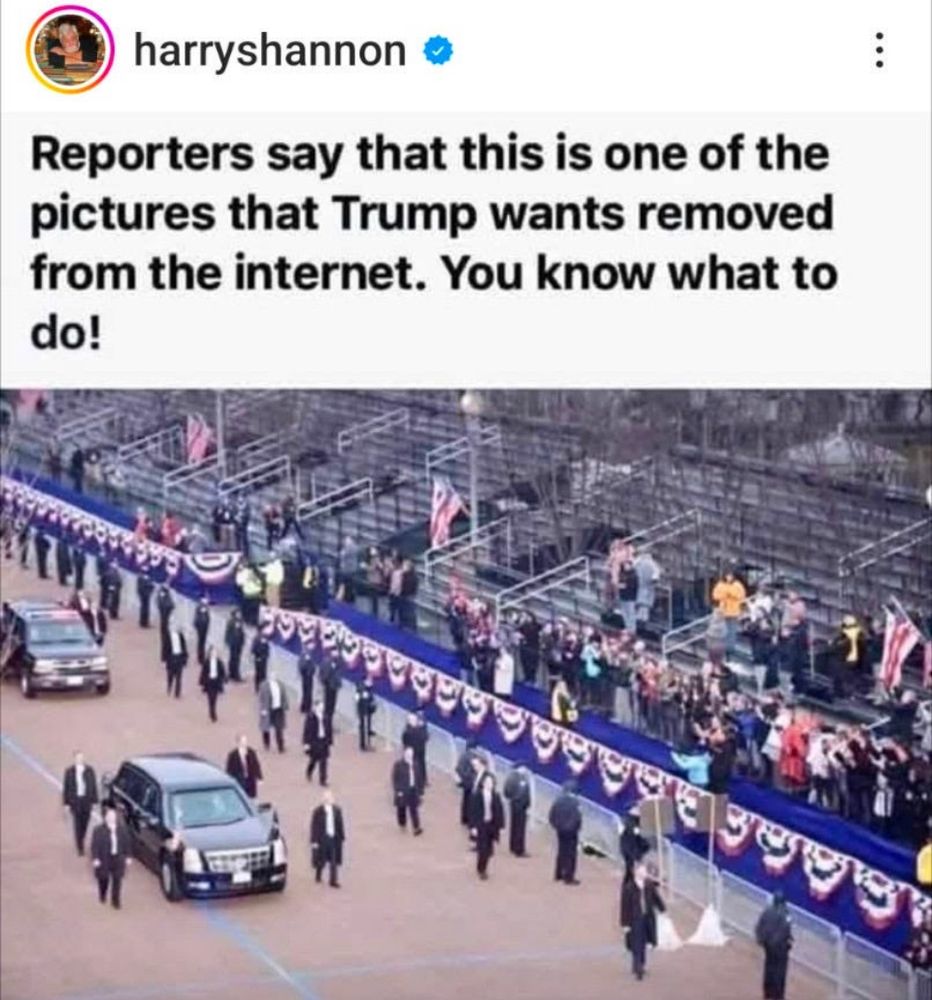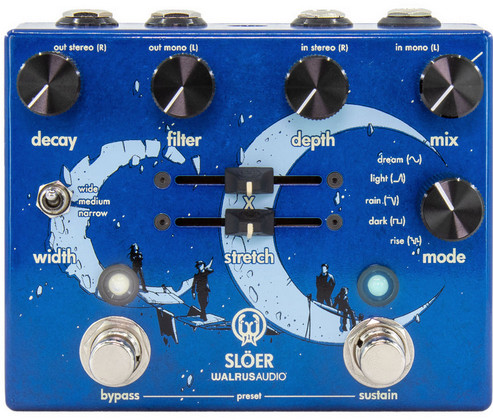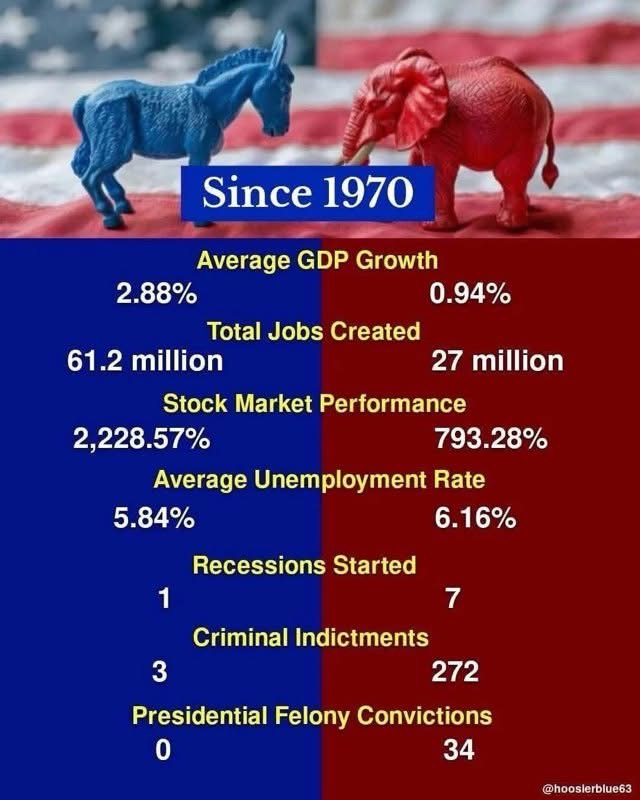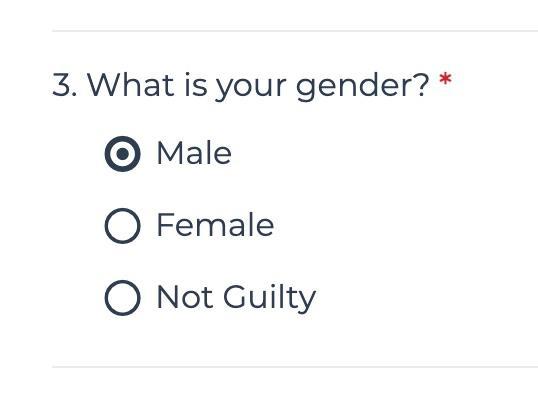The Maine trip was… exhausting, mostly. It was very good to visit with my brother and his wife again, and his wife’s parents at their camp, and to see more of the Maine scenery than we had before. But it was a ton of driving and a lot of hot weather.
We split the distance at Erie, PA. For some reason, the Erie-Portland leg of the trip, and especially the 400-mile stretch across New York, was by far worse in both directions than anywhere else: construction, tolls, a flood and weird detour on the way up and a fiery wreck that completely stopped traffic for more than an hour on the way back. When you’re on the road from 7 AM to 11:30 PM that’s just too much. (I did the majority of driving, with my wife taking about 1/3 and my mom covering a couple of hours on the very first day.)
Our rental was a Mazda CX-50, which seemed like it would have a bit more space in the backseat than the Honda option that was available. (Alas, there was no Nissan Rogue nor a Toyota 4Runner.) But my sore butt and back can tell you the driver’s seat isn’t great for long periods. I had to do some seat adjustment just to see the speedometer instead of having it blocked by the wheel. Also, the car’s software / general behavior was flaky. Sometimes the motorized back door would close about 1/3 of the way and then stop, requiring you to haul downward on it hard to get it the rest of the way. After sitting with the engine running for so long during one of the delays, it refused to shift out of Park until I killed the engine and restarted it. The Android Auto implementation was less than smooth. The automatic slowdown for a car in front, when using cruise control, would continue braking for about 3 seconds after said car had changed to a different lane, which was frustrating.
The heat wave was pretty nasty, near 100F on Tuesday. We bought my brother a window AC unit which helped tremendously, and one of the rooms downstairs stayed relatively cool thanks to impressively effective ceiling fans. But we still chose Tuesday to go to my brother’s in-laws’ camp on a lake (with slightly cooler temperatures, and a wonderful heat pump that made things quite comfortable) and then stayed in motel rooms that night courtesy of my mom. We also visited the Marshall Point Lighthouse, visited a couple of apparently stereotypically Maine-ish discount stores and a couple of tourist tchotchke shops, and consumed Moxie, fried haddock and whoopie pies.
The coast up there is lovely, but for tourist spots, I still prefer the Smoky Mountains. Family is the real reason to go there, and the super long drive is the reason not to go there.
I watched some videos on the OBNE Darkstar Stereo pedal, and I think it’ll be a good complement to Walrus Slöer. It’s effectively a single reverb algorithm, but with bitcrushing or overdrive, separately adjustable predelay and decay time, and feedback there’s quite a lot of possibility there. I’ll consider it once I’ve sold off the Hypnosis. (Maybe the EP-133 too, since I just don’t use it. And the Ploopy trackball.)
GForce has a cheap new software synth called Halogen FM. It seems possibly inspired by the Korg DS-8, but not an emulation of it, in that it’s “2×2 FM” (two 2-op pairs in parallel). But it has some continuous waveshaping options that go well beyond the Korg, making it somewhat of a unique approach. I only had a few minutes this morning to try it out, but will continue to play with it later. I’ll probably grab it for its unique contribution.
I’m still pondering some stuff in that trans philosophy book. I picked up The Myth of the Wrong Body at the bookstore we visited in Maine, since it seems to be related to one of that book’s points and offers alternative ways of thinking about transness. It’s kind of my hope that a different narrative will help to unify the transgender and nonbinary experiences a little better.
Meanwhile, I’ve read Marsha. The main impression I get is of a deeply caring person, full of love and joy and celebration. 95% of her defiance had nothing to do with rioting, but just being who she was without shame, and caring for fellow queer folks. She seems to be best known now for whatever she did at Stonewall (narratives vary), but setting aside the historical shininess of the event that started the Pride movement, her advocacy and personally caring for AIDS victims at a time when the government was actively getting in the way of helping, and the inspiration that she passed on to others, probably contributed far more.
Marsha also gives more insight into what it was like before the modern trans terminology and concepts, and a bit of what it was like to navigate that while Black. There has been a lot of progress since then, but there is still far to go — not just politically and in terms of rights, but how we think about and communicate these experiences. In fact I think evolution of the thought might be required to fix the politics beyond a certain point.
Meanwhile, I’m reading something completely different: Rick Rubin’s The Creative Act: A Way of Being. I like occasionally reading a general book on artistic creativity — about perception, inspiration, openness, practice/work, etc. Many of the precepts in books like this are in agreement with each other, but individual artists have different insights or ways of expressing them… which of course is true of art itself as much as books about art, which are themselves art. Wheee…
Mostly what concerns me now is catching up on stuff after the trip. General physical and mental recovery. Checking out stuff I discovered or became curious about. Getting that bathroom leak fixed! Preparing for the basement repairs. Finding out WTF our lawn guy has delayed his “every two weeks” visit for more than two extra weeks now. Wrapping stuff up for the release at work. That sort of thing.










